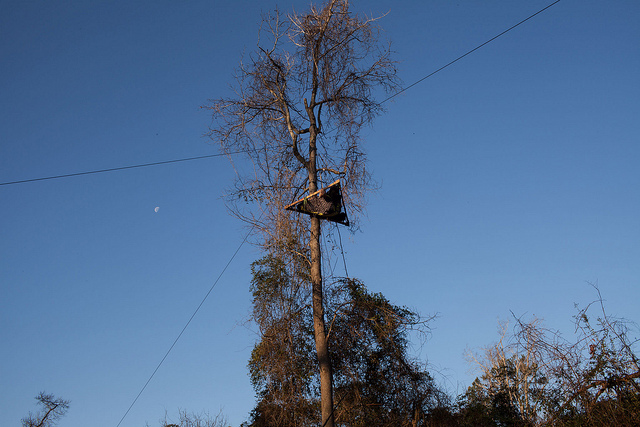
usfwsmtnprairieOil soaks the Yellowstone River shoreline, thanks to the fine folks at Exxon.
You can imagine the scene at Exxon headquarters. The team responsible for spill response has just learned that a pipeline near Laurel, Mont., has ruptured. “Wow,” some team members probably said. A few might have said bad words.
In short order, one pipes up: “What should we do?” Someone suggests shutting the line down partially; this is quickly agreed to. Then, for 46 minutes, the team sits around a heavy oak table, stroking chins and mumbling “hm”s. No one is quite sure what comes next. One guy, like that one kid in fifth grade, is only pretending he’s thinking about it; in reality, he’s thinking about the movie Captain America (this is in July 2011).
Then someone says: “Maybe we should shut the control valve?” General agreement, nodding. The valve is closed; the flow of oil stops. Hearty congratulations all around. Backs are slapped. The team retires for the day, spending their commuting time (in their Hummers) elaborating the story to make it more interesting. “Man,” one guy plans to say upon opening his front door, “you would not believe the day I had.”
Anyway, that’s the scenario I imagined on reading this AP story:
Delays in Exxon Mobil Corp.’s response to a major pipeline break beneath Montana’s Yellowstone River made an oil spill far worse than it otherwise would have been, federal regulators said in a new report.
The July 2011 rupture fouled 70 miles of riverbank along the scenic Yellowstone, killing fish and wildlife and prompting a massive, months-long cleanup.
The damage could have been significantly reduced if pipeline controllers had acted more quickly, according to Department of Transportation investigators.
Well, yes, in theory, Mr. or Ms. Department of Transportation. But in the moment, how was the Exxon team supposed to think of using the “control valve”? How was it supposed to remember to “notify pipeline controllers that the river was flooding?” I mean, that’s some seriously advanced stuff, there. Like, I’m not a pipeline engineer or whatever, but once my house caught fire and it took me about 15 minutes to decide I should stop flinging canisters of gas onto it. In an emergency, the best thing to do is take your time and not do the obvious thing. That’s just what the emergency would expect.
Anyway, Exxon is chastened.
Spokeswoman Rachael Moore said the company will continue to cooperate with Pipeline and Hazardous Materials Safety Administration and “is committed to learning from these events.”
I strongly recommend a mandatory training session featuring a large poster showing a control valve. Superimposed on that image should be the words “TURN THIS.”




